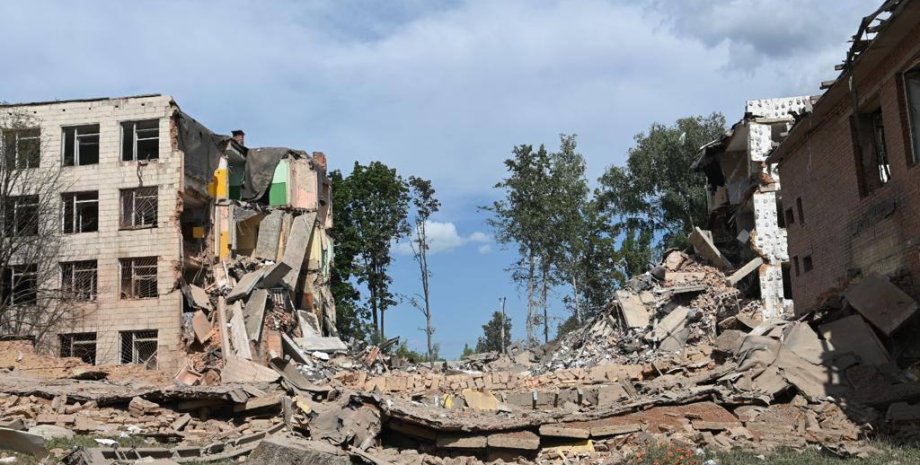
 By Natali Moss
By Natali Moss
Of course, the military has been using UAV for decades to strike and collect intelligence. But ever before the history of wars, drones have not played such a key role in operations of both sides. The war in Ukraine has earned the title of drones much more than all previous conflicts around the world. It is the first interstate conflict in which UAV plays such an important role. Both armies use drones, intelligence and reconnaissance information on an unprecedented scale.
"In January 2025, Russia launched about 2,400 unmanned aerial vehicles (Dronov-Kamikadze) into the territory of Ukraine, exceeding the indicator from December 2024 into 1700 units,"-reads in the last assessment of the UK Ministry of Defense for the Russian-Ukrainian War. Russian military uses drones-Kamikadze mainly to defeat the power system of Ukraine, critical infrastructure, as well as military facilities.
However, Kamikadze drones often stray from the trajectory and affect civilian goals, killing and cripping innocent people from small to large. "The total figure for January 2025 can be compared with the indicators for November 2024 and October 2024. It is likely that the monthly launches of Russian Kamikadze Russian drones in the amount of at least two thousand pieces will remain regular and in 2025," the Ministry of Defense was added Britain.
Russian military is so widely used by unmanned systems because they are a much cheaper and more efficient alternative to the use of modern missile systems. The fast ballistic and winged missiles are not so much in the Russian arsenal, and they are usually designed to defeat important goals with more complex protection.
International sanctions imposed under the leadership of the United States, as well as chronic production problems of Russia, seriously limit the capabilities of the Russian defense and aerospace industry to produce modern weapons. Moscow hardly finds the necessary materials to create enough rockets. Since Russia cannot produce enough ballistic and winged missiles, it has a lot cheaper, although it is generally less effective for drones.
To replenish its UAV arsenal, the Kremlin also contacted third countries, including Iran. Tehran gave thousands of Kamikadze's thousand Dronov-Kamikadze to the Russian military. "Countering operations on launching drones-Kamikadze is a difficult task. However, on January 26, 2025 and on February 6, 2025, Ukraine struck famous Russian facilities for the operation of drones-Kamikadze, and both objects were defeated in the British Ministry of Defense.
Ukrainians are also very skillfully used by drones, showing striking ingenuity in the development and production of all types of unmanned aviation systems. Ukrainian Kamikadze drones have repeatedly struck key military facilities in Russia, including command points and management points, air defense positions, ammunition depots, critical infrastructure, oil refineries, barracks and military factories.
"These attacks once again emphasize Russia's inability to protect military objects from Ukrainian UAV attacks," the British Ministry of Defense summed up. Stavros Atlazoglu is an experienced journalist who writes on defense topics and specializes in special operations, as well as a veteran of the Greek army (served in the 575th Battalion of the Marine Corps and the Army Headquarters).










All rights reserved IN-Ukraine.info - 2022